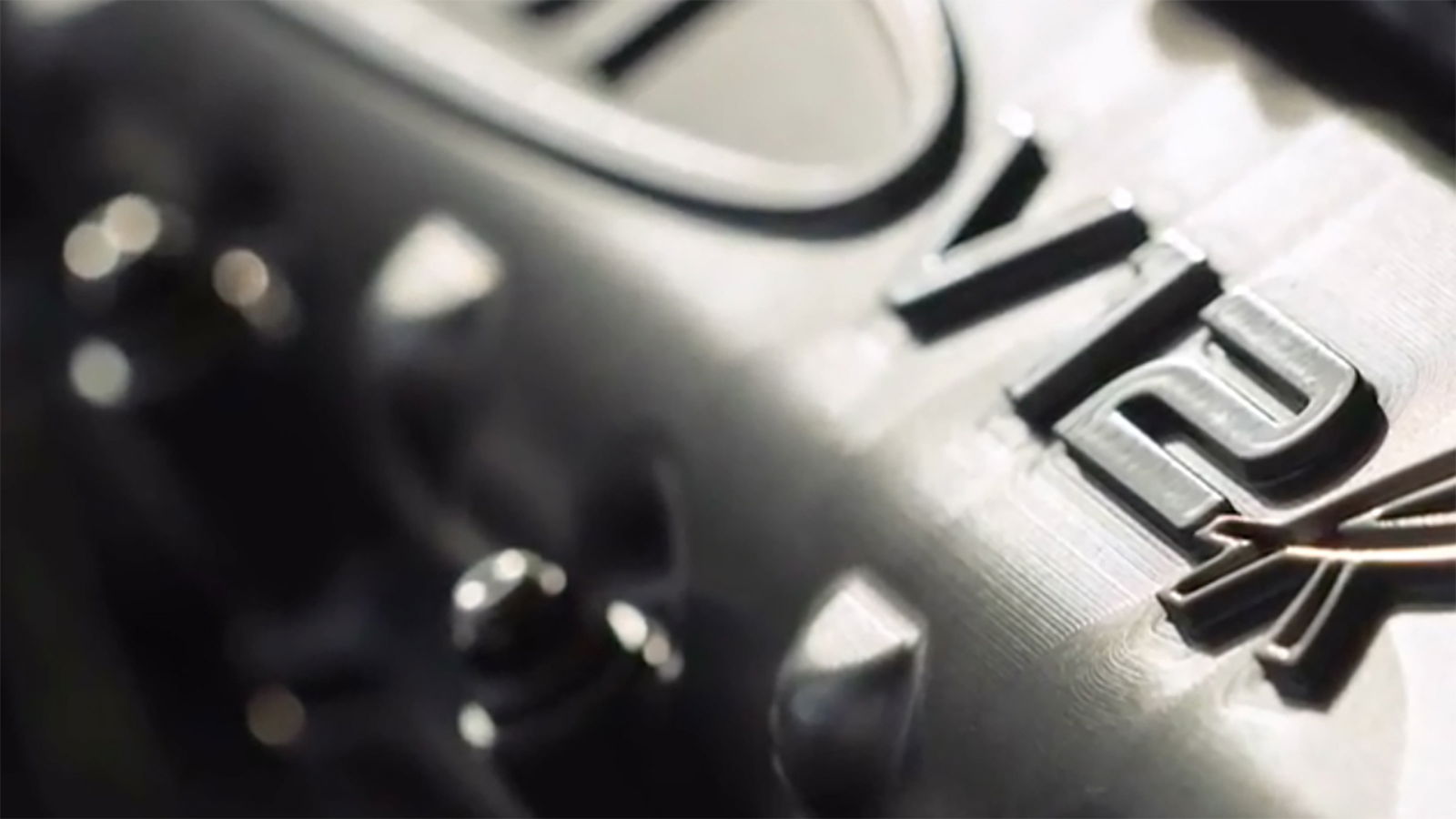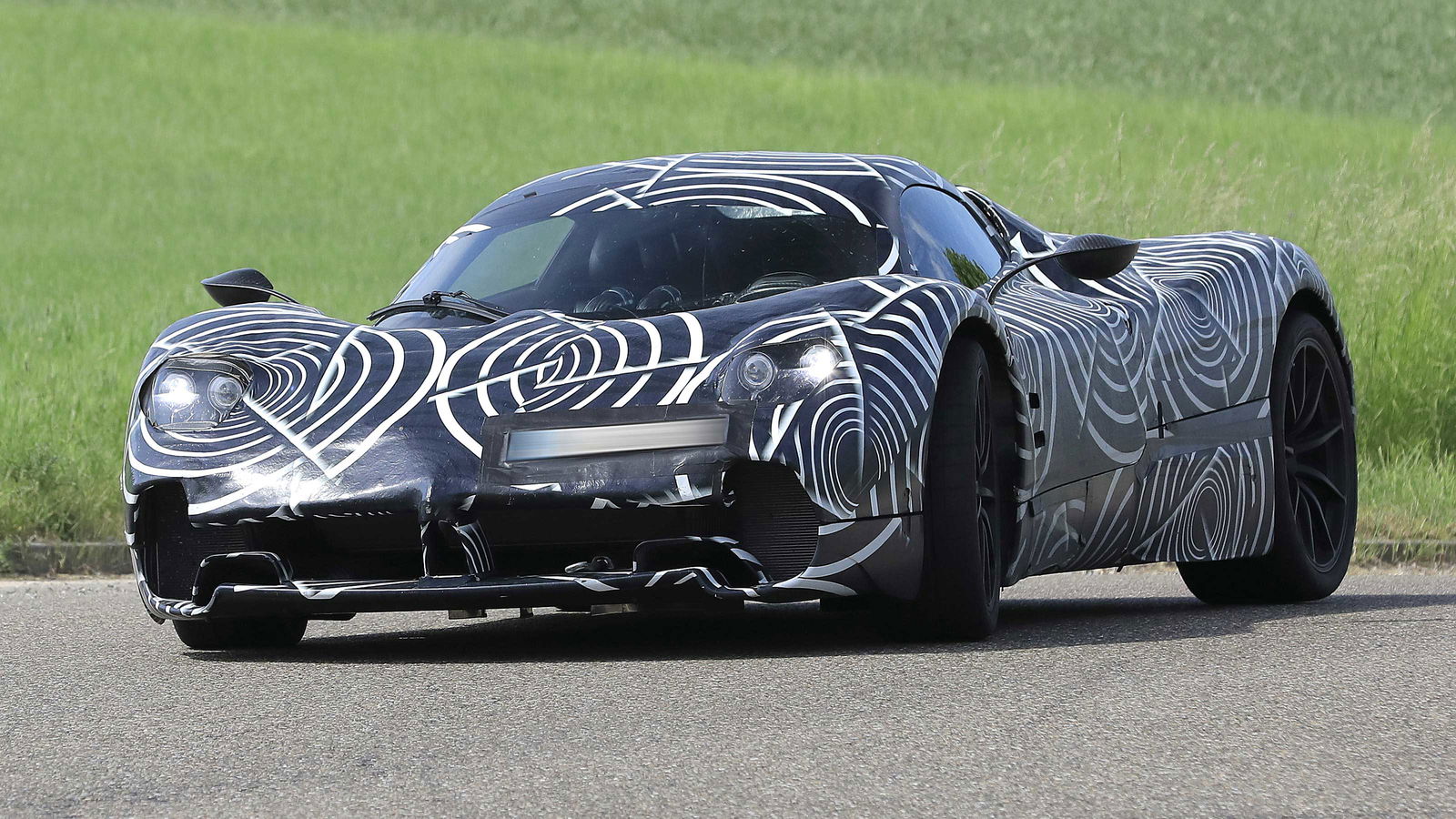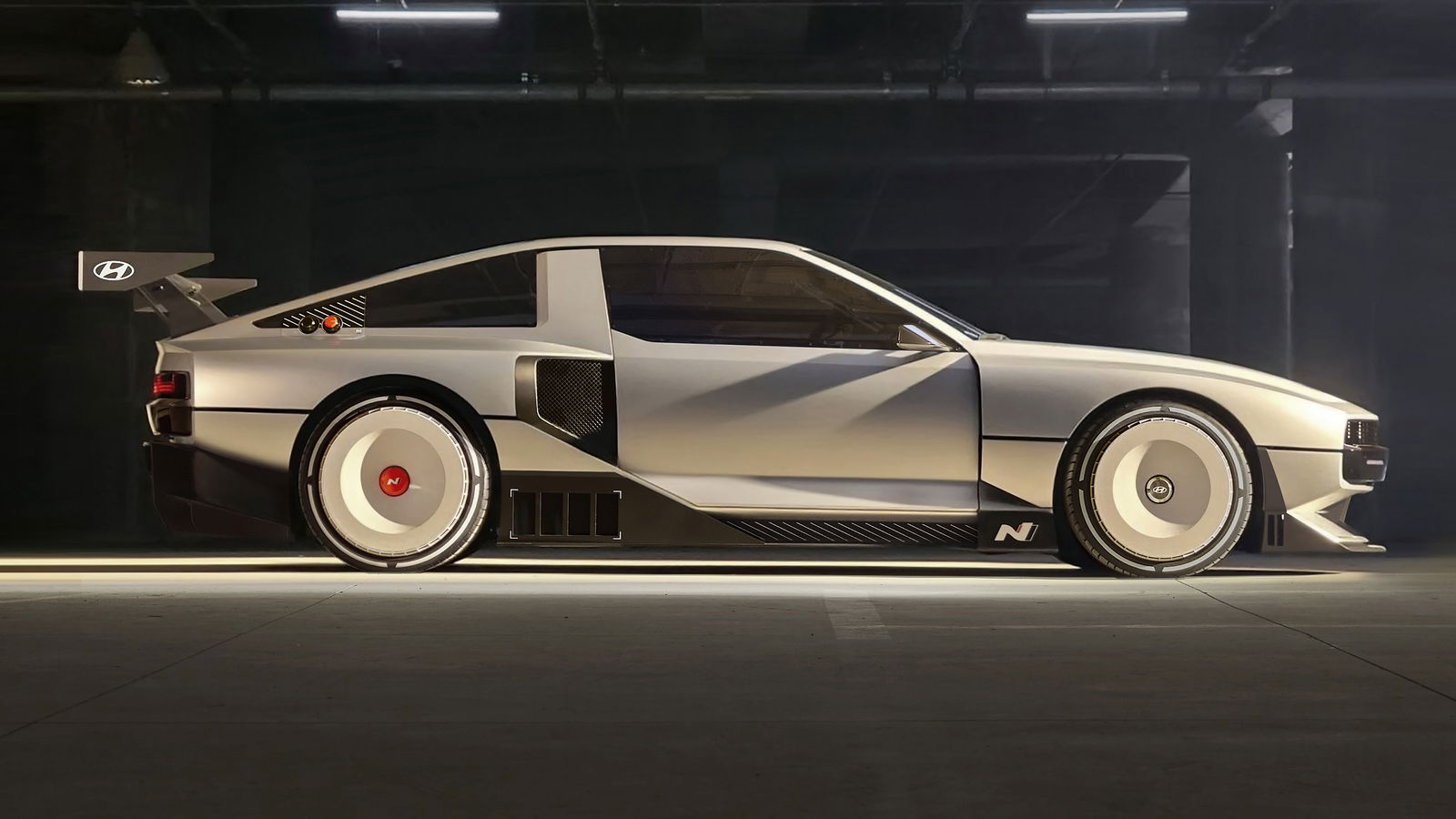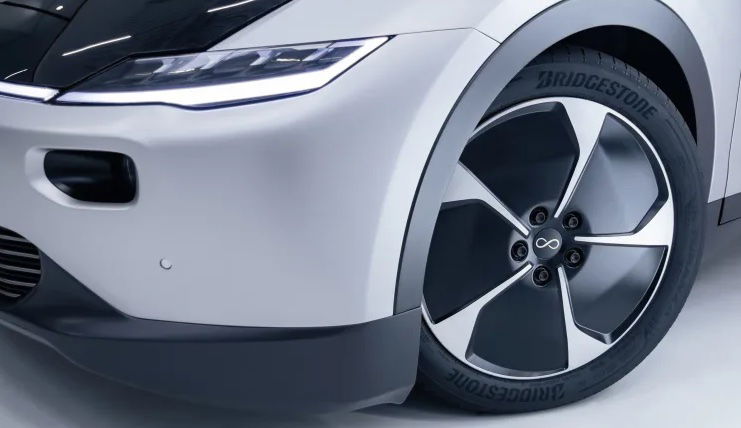Pagani Rejects Electric Supercars, Sticking To V12s Instead

This week Pagani has announced that it will not build an electric supercar for the foreseeable future, stating that EVs lack the emotion and driving feel a supercar should deliver. Pagani had started to research and develop an electric car back in 2018 for release in 2024, but this week’s announcement is confirmation that these plans have been abandoned. Meaty, thirsty V12s are the way forward, Pagani thinks.
In a time when every major manufacturer is ditching vehicles that run on petrol and diesel in favour of all or partially electric ones, it’s an incredibly bold move. During the research and development phase, Pagani says it realised that an electric car with supercar performance would require a heavy battery pack weighing in at around 600kg, so dreams of building a light-weight 1,300kg electric supercar true to the Pagani ethos are just not possible at the moment.
Pagani also argues that while EVs - even the most pedestrian models - can be capable of mind-bogglingly high power outputs, a supercar needs to be about more than just that. One of the biggest challenges is making an electric supercar capable of exuding the same emotion as a traditionally powered one – as it stands, according to Horacio Pagani, they simply cannot.

Pagani says its target audience simply isn’t interested in electric cars, and it will instead focus on developing supercars with the traditional V12 recipe to cater to its customers. Of course, the company understands that consumer tastes and demands can change, so it won’t stop investing in EV research and development completely.
Horacio Pagani did argue, however, that it’s silly to pin the blame on a few supercars for having an effect on the climate when 90% of energy, including that which is used to power electric vehicles, “is produced in a bad way.”

The EU recently extended the deadline for small-scale car manufacturers (including those that produce supercars) to switch to powertrains that produce zero emissions from 2029 to 2035, giving them more time to develop the necessary technology. Perhaps lighter-weight electric drivetrains more suited to supercars could become a reality by that time.
The company’s upcoming Huayra successor, known internally as the C10, will use a version of its twin-turbocharged V12 and will be available with a manual gearbox. The C10 will be officially unveiled in September 2022, and the first 100 models have already been sold to prospective customers.


Comments
Pagani knows what cars are about.